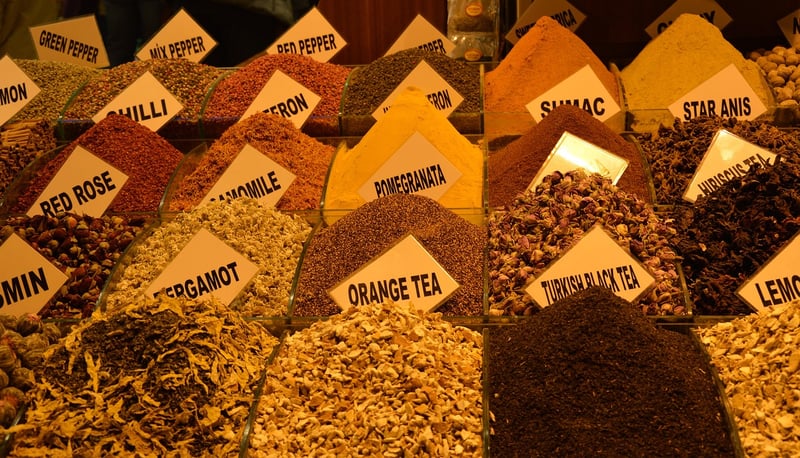Exotic Spices
Essential Elements for Cooking + Exotic Spices
Introduction to Cooking Essentials
When it comes to cooking, having the right ingredients is key to creating delicious dishes that tantalize the taste buds. In addition to staple items like salt, pepper, and olive oil, incorporating exotic spices can take your culinary creations to the next level.
Essential Elements for Cooking
- Fresh Herbs: Basil, parsley, cilantro, and mint are versatile herbs that can add freshness and flavor to a variety of dishes.
- Citrus: Lemons, limes, and oranges provide acidity and brightness to savory and sweet dishes alike.
- Garlic and Onion: These aromatics form the base of many dishes and add depth of flavor.
- Stocks and Broths: Chicken, beef, and vegetable stocks are essential for building rich and flavorful soups, stews, and sauces.
- Grains and Legumes: Rice, quinoa, lentils, and beans are nutritious staples that can be used as a base or side dish.
Exploring Exotic Spices
Exotic spices can add unique and complex flavors to your cooking, transporting your taste buds to distant lands. Here are some exotic spices to consider incorporating into your dishes:
1. Cardamom
With its warm, citrusy, and slightly sweet flavor, cardamom is often used in both sweet and savory dishes.

2. Saffron
Saffron, known for its vibrant color and distinct flavor, is one of the most expensive spices in the world and adds a unique touch to dishes.

3. Sumac
Sumac has a tangy, citrusy flavor and is often used in Middle Eastern and Mediterranean cuisine to add a bright, acidic note.

Conclusion
By incorporating essential elements for cooking and experimenting with exotic spices, you can elevate your culinary creations and delight your senses with a world of flavors.
Happy cooking!
